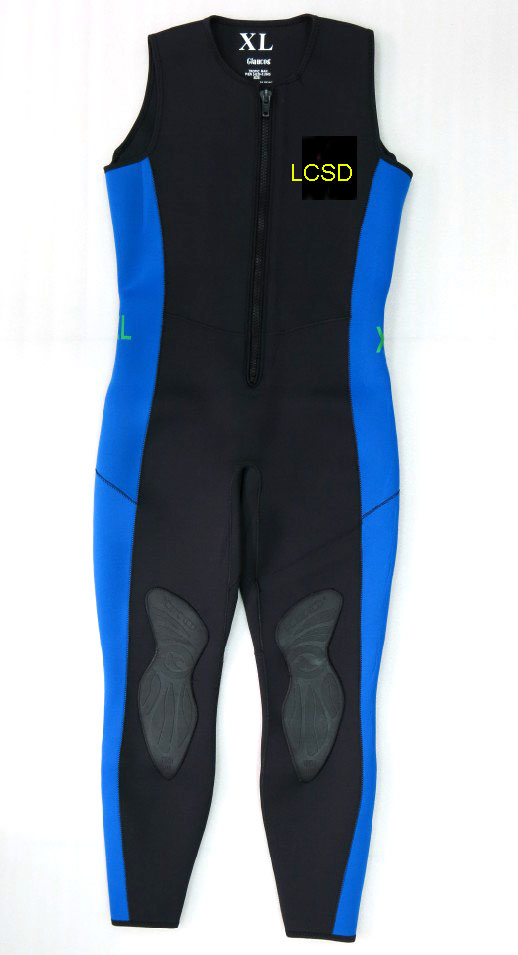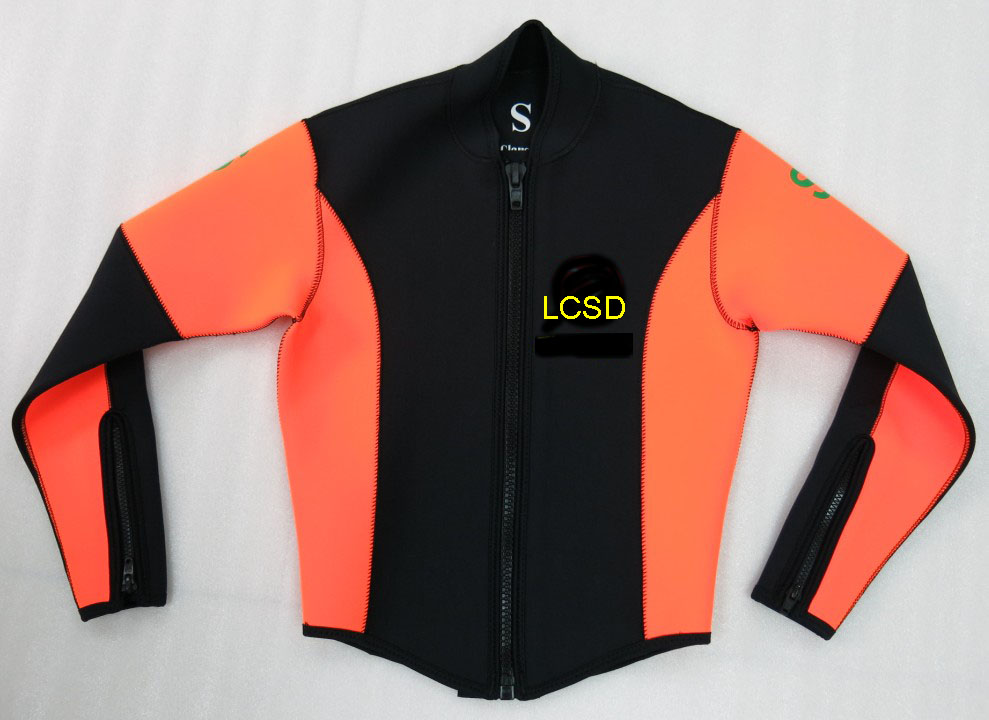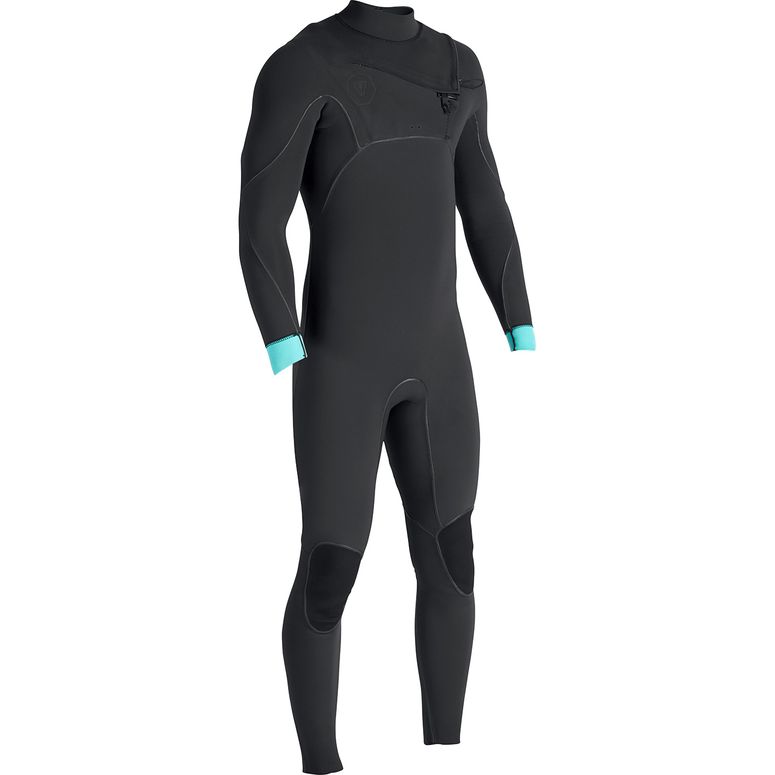 Leisure and Cultural Services Department - Water Sports CentresLeisure and Cultural Services Department
Leisure and Cultural Services Department - Water Sports CentresLeisure and Cultural Services Department
Tips on choosing a wetsuit
When doing water sports in the cold, the body is soaked wet and tends to lose temperature easily. If the body temperature gets too low, hypothermia or even death may result. To enjoy water sports in the winter, it is best to wear a wetsuit, which protects the body and keeps it warm.
Wetsuits are made of a single or double layer of neoprene. A one-piece (a steamer) or two-piece (a long-sleeved jacket and a long john) wetsuit of 3 to 5 mm thick is good enough for winter in Hong Kong. A one-piece wetsuit retains warmth better, while a two-piece one is more flexible as the two components can be worn separately or together under different temperatures.
|
|
|
| 連身長褲(Long john) | 長袖外套(Long-sleeved jacket) | 連身濕式保暖膠衣(Steamer) |
How does the wetsuit keep us warm and offer protection? When we are all wet, a thin film of water is formed between the body and the wetsuit. The body in motion generates heat and warms the water film, which becomes an insulating layer and keeps the body warm. The wetsuit also helps to reduce injuries from abrasion and bumping.
Conversely, when we stop moving, the body at rest generates less heat. The water film cools down and loses its function in keeping the body warm. Therefore, it is advisable to put on a windbreaker or change into dry clothes to keep warm when we are taking a break.
The size of the wetsuit is crucial to its functionality in keeping us warm. In choosing a wetsuit, go for one that hugs the body but is not too tight. A wetsuit too small for the body restrains movement of the limbs and affects blood circulation. On the other hand, if it is too big, the water film between the body and the suit cannot be kept in place and will fail to retain warmth.





